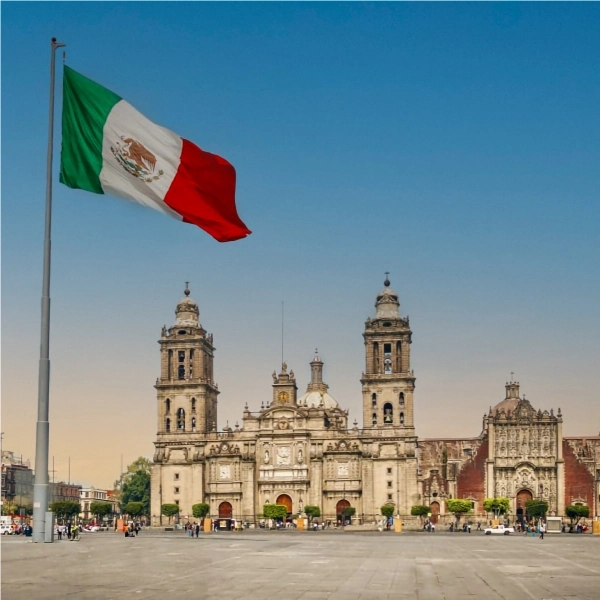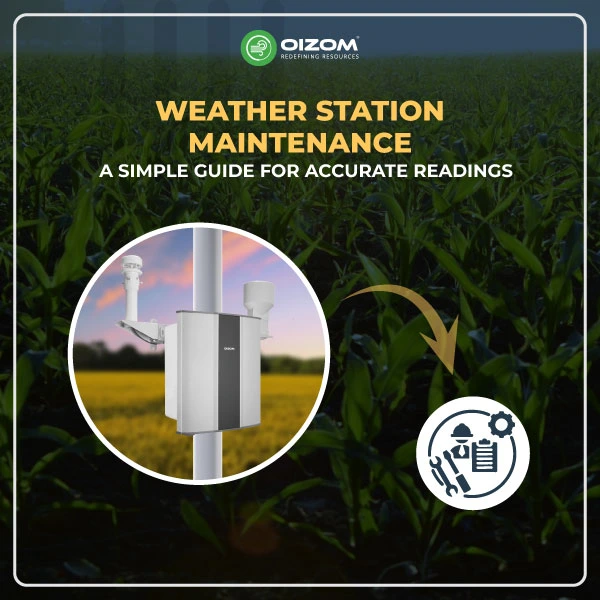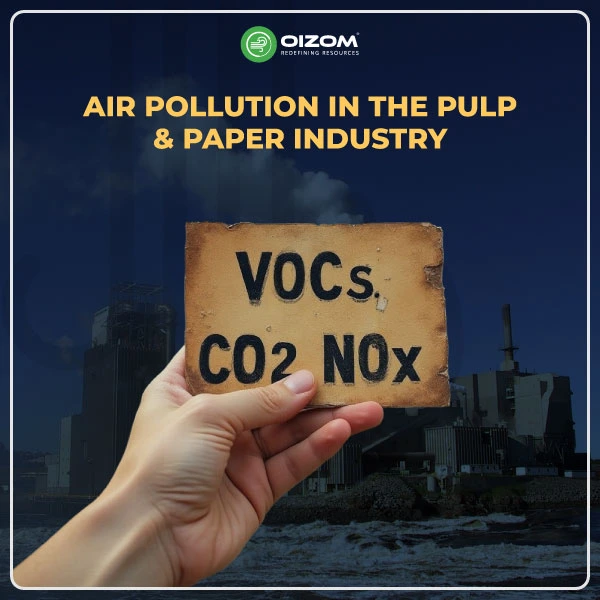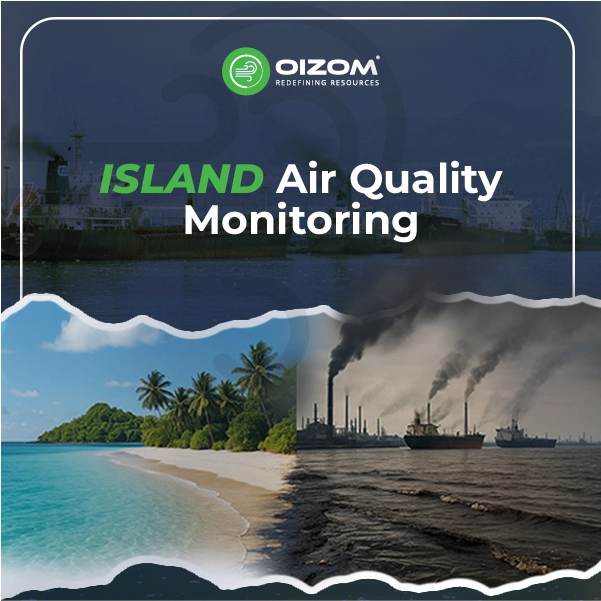Summary of Blog
Air pollution in Mexico City, caused by automobile emissions, industrial activity, and waste burning, has serious health and economic consequences. The city’s topography traps pollutants, causing poor air quality. Major sources include around 8 million vehicles and various factories. Pollution causes respiratory and cardiovascular illnesses, lowers worker productivity, and discourages tourists, resulting in economic losses. Pollution has an especially negative impact on children’s health and academic performance. Addressing these concerns needs effective pollution control technologies and coordinated activities by authorities to improve air quality and protect human health.
What are the effects of air pollution in Mexico City?
Mexico City is known all over the globe for its culture and rich history. It is a symbol of historical richness and cultural diversity, located in the center of North America. Mexico City, located 7,349 feet above sea level in a valley surrounded by mountains and volcanoes, has long suffered from thick layers of smog caused by traffic, factories, and wildfires.
During the twentieth century, Mexico City saw industrialization and urbanization, and the population of the valley of Mexico metropolitan region, also known as Greater Mexico City, increased significantly from 3.1 million in the 1950s to 14 million in the 1980s. The tremendous expansion in population, workforce, and human activities has resulted in extremely bad air quality. In this article, I will give you information regarding the effects of air pollution in Mexico City and its various sources.
Major Sources of Air Pollution in Mexico City
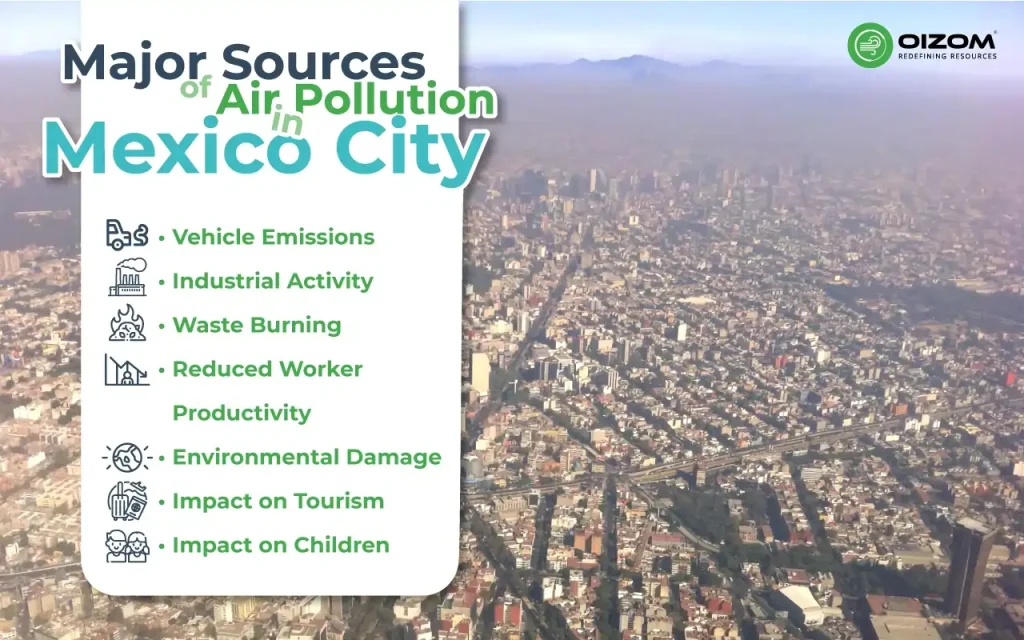
I will share insight into air pollution in Mexico City since the 19th century. You might wonder why I have been considering air quality since the 19th century. However, the answer lies in it. Air pollution in Mexico City peaked in the 1980s and 1990s, with ground-level ozone, carbon monoxide, sulfur dioxide, nitrogen dioxide, and airborne particulates all at record levels. Human activities, such as the combustion of fossil fuels in power plants and automobile emissions, are responsible for most of these air pollutants. In the 1980s, there were approximately 124 automobiles per 1,000 persons. Although this figure may not appear exceptionally large, these vehicles were of poor quality and used highly hazardous fuel. At the same time, unregulated and highly polluting companies, power plants, and oil refineries were functioning around the city. In addition, Mexico City’s terrain does not lend itself to industrialization because it is located in a basin where air pollution is trapped.
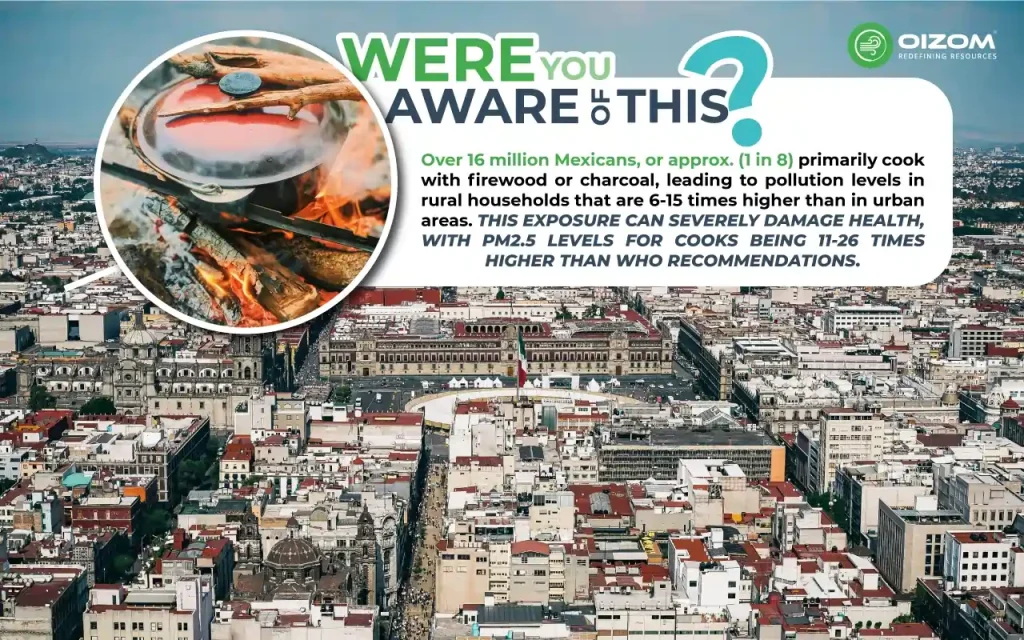
Vehicle Emissions
- The most common air pollutants in Mexico City are ozone, sulfur dioxide, nitrogen dioxide, hydrocarbons, and carbon monoxide, which are primarily caused by vehicular emissions.
- With an ever-increasing number of cars, especially older models with outdated emissions systems, the city is witnessing an unchecked release of harmful pollutants.
- The major cause is vehicles that run on flammable gasoline. Almost 8 million cars drive through Mexico City daily, generating more than 7,000 tons of pollutants.
Industrial Activity
In Mexico City, industrial activities play a major role in contributing to the air pollution. These are the major reasons:
- The industrial districts surrounding and inside Mexico City contribute substantially to the city’s poor air quality. The uncontrolled release of pollutants from manufacturing industries or power plants poses a serious environmental risk. Despite rules, compliance and modernization remain difficult.
- Fossil fuels (coal, oil, and natural gas) are the main energy source in Mexican factories, but their use causes pollution. When they burn, chemicals and gasses are released into the air.
- These principal pollutants can cause various problems, including irritation of the eyes and throats and global warming.
- Primary pollutants include carbon monoxide, nitrogen oxide, sulfur oxides, and particulate matter (dust, ashes, etc.). In addition to being hazardous on their own, when exposed to sunlight, many primary pollutants react photochemically to produce secondary pollutants such as nitrogen dioxide, sulfuric acid, and ozone.
Waste Burning
Let me share one fact: Uncontrolled burning disposed of 24% of the total MSW generated in the Municipality.
- This enormous metropolis has been dealing with garbage for many years. The city creates 12,920 tonnes of trash daily, roughly 90% of which is in landfills. However, Mexico City is now positioned to set an example for the area. Designers are creating new narratives, services, goods, locations, and systems to reimagine the trash cycle in Mexico City.
- Trash burning is estimated to emit 25 tons of primary organic aerosols (POA) per day, which is comparable to fossil fuel POA emissions in Mexico City, and causes an increase in average organic aerosol concentrations of 0.3 μg/m3 downtown and up to 2 μg/m3 in highly populated suburbs near the sources of emission.
Reduced Worker Productivity
Did you know this? Among call center workers in two Chinese cities, each 10-unit increase in the pollution index reduced worker productivity, measured by the number of calls handled, by 0.35 percent.
- However, poor air quality has an economic cost beyond the disease burden. A growing body of research demonstrates that exposure to air pollution, even at relatively low levels prevalent in wealthy countries, can significantly influence physical and cognitive performance. Several studies have found that pollution decreases the productivity of both farm and industrial workers. When pollution levels rise, particularly outside ozone and interior particle matter, physical laborers cannot help but slow down.
Environmental Damage
- Air pollution in Mexico City has a massive environmental impact. Pollutants such as PM2.5 and ozone are linked to major health problems, including respiratory and cardiovascular disorders. The city’s location, surrounded by mountains, traps pollution, worsening the issue. Industrial activity and heavy traffic are significant sources of pollution, resulting in regular air quality alerts.
- Environmental impacts extend to vegetation and wildlife, with pollutants causing damage to forests and green spaces. The city’s water bodies also suffer from contamination due to air pollutants settling on the surface and entering the water system.
Impact on Tourism
- Air pollution in Mexico City has a major impact on tourism. Poor air quality may deter potential visitors who are concerned about the health hazards associated with high levels of pollutants such as PM2.5 and ozone.
- Tourists looking for a pleasant and safe atmosphere may choose alternative sites, resulting in lost tourism earnings. The economic impact includes losses for hotels, transportation, and local businesses that rely on visitor spending. Furthermore, frequent air quality alerts and prohibitions on outdoor activities might interrupt travel arrangements, making Mexico City less appealing to visitors.
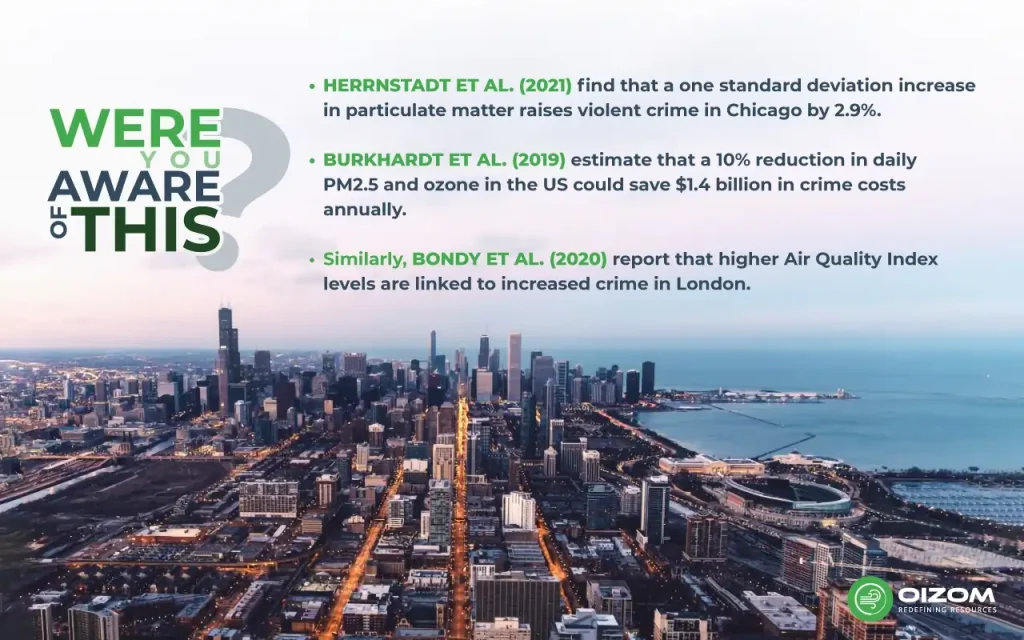
Impact on Children
Ambient air pollution influences children from birth to adulthood. Air pollution is expected to cause over 1,200 deaths and the loss of over 110,000 disability-adjusted life years (DALYs) among individuals under the age of 18 in EEA member and collaborating countries each year (GBD Collaborative Network, 2020). For example, it raises the risk of respiratory infections in children, such as acute lower respiratory infections, pneumonia, upper respiratory infections, and otitis media.
Moreover, I will share one interesting fact regarding the impact of air pollution on children in schools. Many people may not be aware that the air their kids breathe in schools is so polluted. With children spending 18.5% of their time in classrooms, schools are the second most significant environment that impacts their development. Improving school air quality is essential to ensure kids grow up safe and healthy. With real-time data from air quality monitors like Polludrone, educational institutions can track pollution levels, pinpoint pollution sources, and implement specific improvement plans. Additionally, it can encourage students to participate in air quality projects by getting them more interested in monitoring the air quality.

Conclusion
To summarize, addressing the widespread air pollution problem in Mexico City requires a diverse and sector-specific approach. Prioritizing pollution control technology is critical for preserving human health and the environment, guaranteeing regulatory compliance, and encouraging safe and efficient operations across the city by monitoring with polludrone, which is robust and provides real-time accurate data on its own cloud software, Envizom. This can help government authorities to take necessary actions to reduce the air pollution in Mexico city.
Vehicle emissions are the major cause of air pollution in Mexico City. The city's high altitude and geographic basin also trap pollutants, exacerbating the issue.
Air pollution in Mexico City is severe due to its dense population, industrial activities, and heavy traffic. The city's geography traps pollutants, leading to poor air quality and health issues like respiratory and cardiovascular diseases.
Vehicles contribute significantly to Mexico City's pollution, with estimates suggesting they account for around 50% of the city's air pollution. This includes emissions from both private and public transport vehicles.

